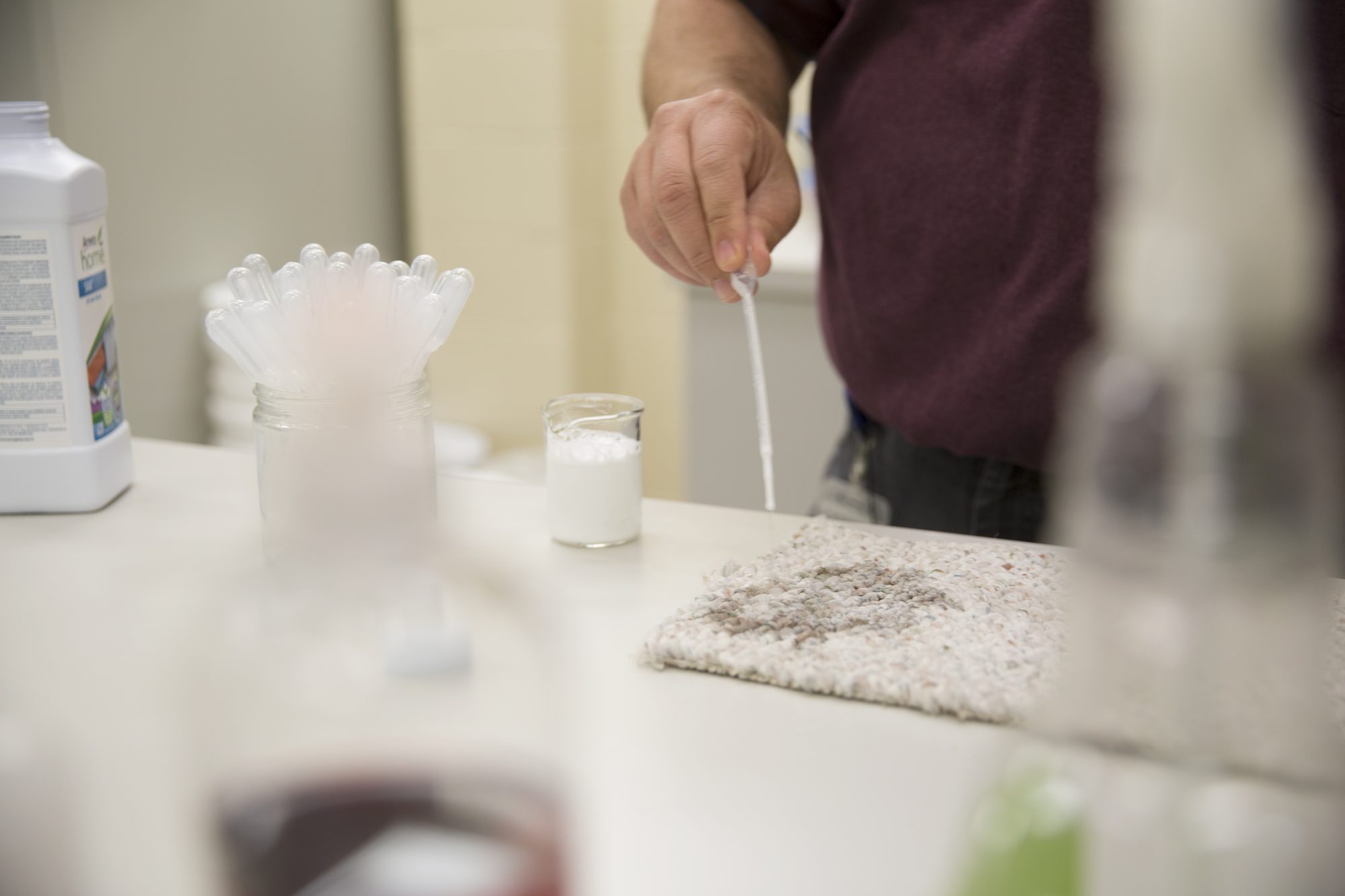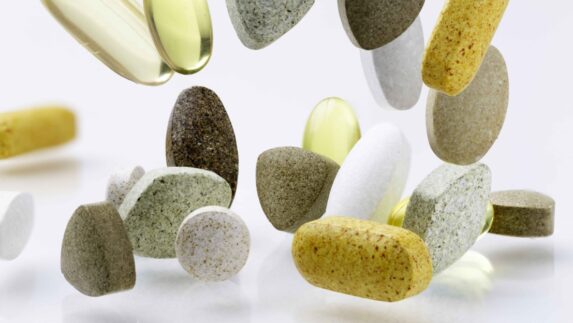When are laundry, dishes and counters really clean? Our scientists sniff, suds up and scrub to find out the Science of Clean.
How clean is clean? Jim Pell, Amway resident stain expert, is the guy who knows all about the Science of Clean.
“Our home care formulation lab and Big Appliance Room are clinical testing sites,” says Pell. “We simulate global water quality and washing conditions to accurately test Amway Home™ laundry, dish and surface products and compare competitive brands.”
Among the dozens of tests conducted in the labs, several were innovated by Pell’s team, including:
- Olfactory sensorial testing a.k.a. “Smell Test” – SA8™ laundry products: “Smell is the consumer’s first interaction with their home care products,” says Pell. “We test immediate impact, scent retention and odor coverage.”
For this test, scientists take two aluminum turkey roasters, invert one atop the other, place laundered wet or dry towels inside and seal with tape. After a set time, scent testers open the roasters and smell inside. “It emulates the fragrance you get when opening a drawer.”
- Mini-dish test – Dish Drops™ liquid: “Foam stability is an excellent measure of cleaning,” continues Pell.
So how does it work? Trained testers use paintbrushes to hand-wash tiny dishes soiled with a calibrated amount of oily shortening. “We count how many mini-plates are washed before foam collapses. More foam means longer wash time, with less detergent.”
- Scrub test – surfaces: A robotic arm with a weighted kitchen sponge is videotaped repetitively scrubbing a soiled tile surface with a hard-surface cleaner (like L.O.C.™ Multi Purpose Cleaner), while a reflectometer measures how much light bounces off the surface initially and after each strike. “By continuously reading data in real time, we can identify the precise moment that surface is clean,” says Pell.
So why do we do this? Because test results translate into cleaning power data, which informs product development and formulation. “The goal is to deliver the best performance while still using the least amount of product, time and effort.”




